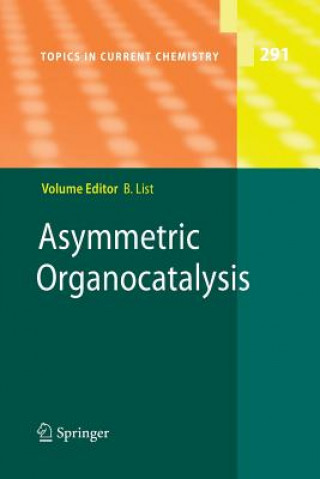
Code: 01659713
Asymmetric Organocatalysis
by Benjamin List
As nucleophiles, simple alkenes are typically so unreactive that only highly active electrophiles, such as carbocations, peroxides, and halogens will react with them. For the generation of carbon-carbon bonds, milder methods will ... more
- Language:
 English
English - Binding: Paperback
- Number of pages: 460
Publisher: Springer-Verlag Berlin and Heidelberg GmbH & Co. KG, 2012
- More about this

607.04 €

Low in stock at our supplier
Shipping in 10 - 15 days
Potřebujete více kusů?Máte-li zájem o více kusů, prověřte, prosím, nejprve dostupnost titulu na naši zákaznické podpoře.
Add to wishlist
You might also like
-

Achievements and New Directions in Subatomic Physics
147.38 € -
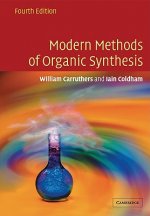
Modern Methods of Organic Synthesis
125.80 € -
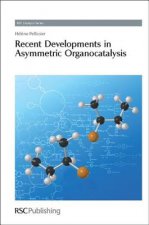
Recent Developments in Asymmetric Organocatalysis
184.71 € -

Organocatalysis for Spiro-Cyclic Assembly
26.07 € -19 % -

Zinsschranke als wirksames Mittel zur Verhinderung von Gewinnverlagerung ins Ausland
43.15 € -1 %
Give this book as a present today
- Order book and choose Gift Order.
- We will send you book gift voucher at once. You can give it out to anyone.
- Book will be send to donee, nothing more to care about.
More about Asymmetric Organocatalysis
You get 1502 loyalty points
 Book synopsis
Book synopsis
As nucleophiles, simple alkenes are typically so unreactive that only highly active electrophiles, such as carbocations, peroxides, and halogens will react with them. For the generation of carbon-carbon bonds, milder methods will often be required. Fortunately, it is possible to increase the reactivity of alkene-type p-nucleophiles by introducing electron-donating substituents. Substitution of one H with an OH or OR gives an enol or a vinyl ether, which are already much better nucleophiles. Using nitrogen instead of oxygen, one obtains even better nucleophiles, enamines. Enamines are among the most reactive neutral carbon nucleophiles, exhibiting rates that are even comparable to some charged nucleophiles, such as enolates [1, 2]. Most enamines, unfortunately, are sensitive to hydrolysis. The parent enamine, N,N-dimethylvinylamine, has in fact been prepared [3], but appears to be uns- ble. Enamines of cyclic ketones and many aldehydes can readily be isolated, however [4 7]. The instability of enamines might at first appear to diminish the utility of enamines as nucleophiles, but actually this property can be viewed as an added benefit: enamines can be readily and rapidly generated catalytically by using a suitable amine and a carbonyl compound. The condensation of aldehydes or ketones with amines initially affords an imine or iminium ion, which then rapidly loses a proton to afford the corresponding enamine (Scheme 1).
 Book details
Book details
Book category Books in English Mathematics & science Chemistry Organic chemistry
607.04 €
- Full title: Asymmetric Organocatalysis
- Author: Benjamin List
- Language:
 English
English - Binding: Paperback
- Number of pages: 460
- EAN: 9783642262791
- ISBN: 3642262791
- ID: 01659713
- Publisher: Springer-Verlag Berlin and Heidelberg GmbH & Co. KG
- Weight: 718 g
- Dimensions: 235 × 155 × 26 mm
- Date of publishing: 06. April 2012
Trending among others
-
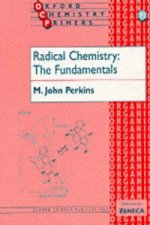
Radical Chemistry: The Fundamentals
44.79 € -
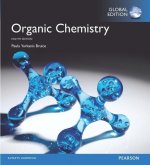
Organic Chemistry, Global Edition
101.25 € -
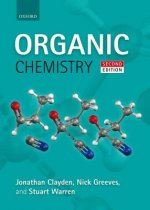
Organic Chemistry
78.54 € -4 % -
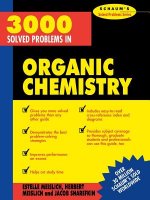
3000 Solved Problems in Organic Chemistry
39.47 € -21 % -
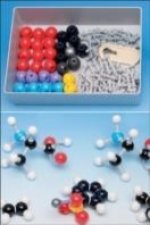
Molymod MMS-003
48.57 € -4 % -
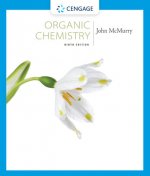
Organic Chemistry
104.52 € -
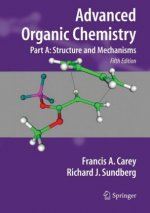
Advanced Organic Chemistry
98.28 € -13 % -

Advanced Organic Chemistry
73.02 € -
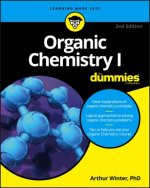
Organic Chemistry I For Dummies, 2nd Edition
18.20 € -31 % -
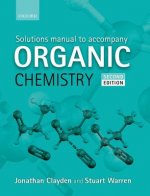
Solutions Manual to accompany Organic Chemistry
127.54 € -
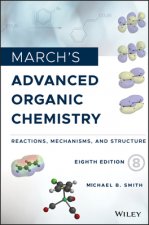
March's Advanced Organic Chemistry - Reactions, Mechanisms, and Structure, Eighth Edition
178.68 € -
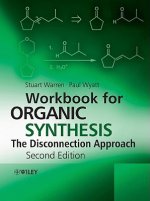
Workbook for Organic Synthesis: The Disconnection Approach
59.52 € -
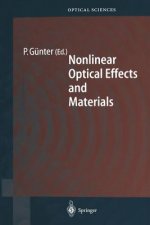
Nonlinear Optical Effects and Materials
62.28 € -
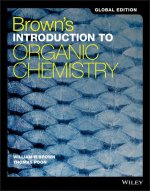
Brown's Introduction to Organic Chemistry
67.91 € -4 % -
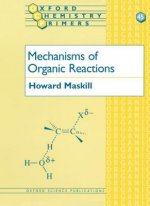
Mechanisms of Organic Reactions
41.82 € -
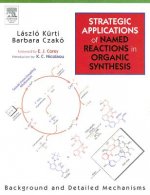
Strategic Applications of Named Reactions in Organic Synthesis
114.34 € -10 % -
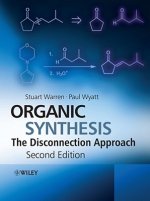
Organic Synthesis - The Disconnection Approach 2e
43.46 € -3 % -
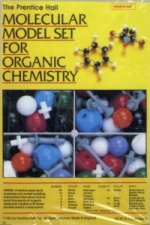
Molecular Model Set for Organic Chemistry
32.41 € -
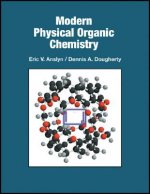
Modern Physical Organic Chemistry
164.87 € -

Organic Chemistry: A Very Short Introduction
10.22 € -28 % -

Organic Synthesis - Strategy and Control
120.38 € -
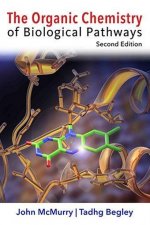
Organic Chemistry of Biological Pathways
106.77 € -

Fundamentals of Organic Chemistry, International Edition
100.33 € -

Molecular Orbitals and Organic Chemical Reactions - Student Edition
81.20 € -
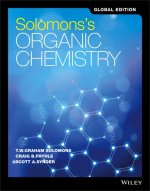
Solomons' Organic Chemistry
74.15 € -5 % -
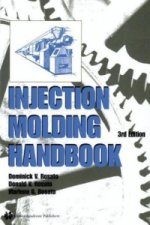
Injection Molding Handbook
82.84 € -2 % -
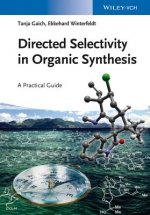
Directed Selectivity in Organic Synthesis - A Practical Guide
70.05 € -9 % -
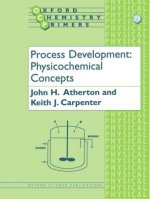
Process Development
39.27 € -

Organic Stereochemistry
41.82 € -
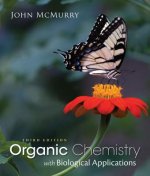
Organic Chemistry with Biological Applications
121.20 € -
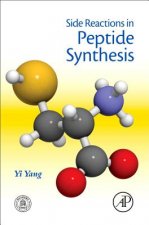
Side Reactions in Peptide Synthesis
123.75 € -

Amino Acids and Proteins for the Athlete: The Anabolic Edge
259.28 € -

Diagnostics of Extrusion Processes
15.23 € -6 % -

Silica Aerogel Composites
102.99 € -2 % -

Polymeric Foams and Foam Technology
309.81 € -4 % -
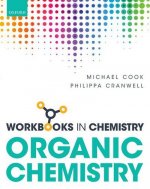
Workbook in Organic Chemistry
39.27 € -
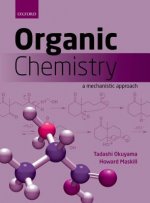
Organic Chemistry
144.01 € -

Organic Chemistry as a Second Language - First Semester Topics, Fifth Edition
98.49 € -
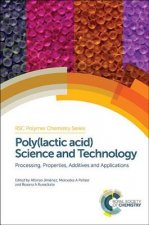
Poly(lactic acid) Science and Technology
248.95 € -
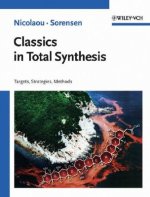
Classics in Total Synthesis - Targets, Strategies, Methods
94.30 € -4 % -

Workbook for Organic Synthesis - Strategy and Control
102.99 € -
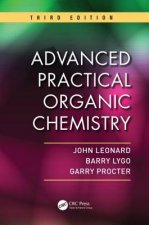
Advanced Practical Organic Chemistry
108.72 € -

Organometallics 3e
79.16 € -20 % -
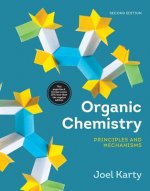
Organic Chemistry
179.09 € -5 % -

Chemistry of the Carbonyl Group - A Step-by-Step Approach to Understanding Organic Reaction Mechanisms - Revised Edition
57.37 € -
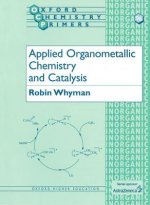
Applied Organometallic Chemistry and Catalysis
41.82 € -

Organometallics and Catalysis: An Introduction
62.49 € -8 % -
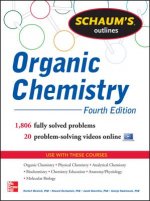
Schaum's Outline of Organic Chemistry
29.04 € -15 % -

Polymer Degradation and Stabilization
110.15 € -2 %
Collection points Bratislava a 2642 dalších
Copyright ©2008-24 najlacnejsie-knihy.sk All rights reservedPrivacyCookies


 15549 collection points
15549 collection points Delivery 2.99 €
Delivery 2.99 € 02/210 210 99 (8-15.30h)
02/210 210 99 (8-15.30h)